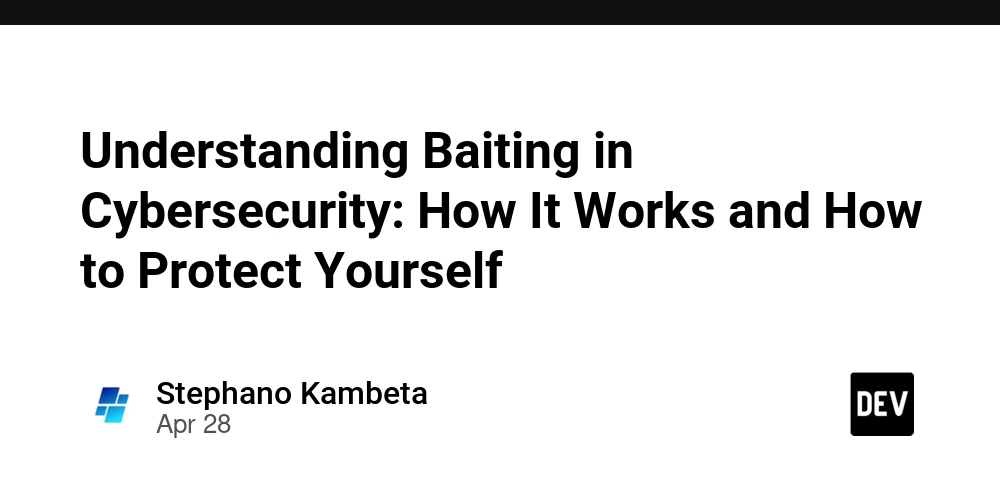Dev
2w
116

Image Credit: Dev
Understanding Baiting in Cybersecurity: How It Works and How to Protect Yourself
- Baiting is a deceptive tactic by cybercriminals to exploit human curiosity or greed, posing a significant cybersecurity threat.
- It leverages enticements like free software or USB drives to trick victims into compromising security.
- Understanding baiting is crucial to protect against social engineering attacks, focusing on prevention and awareness.
- Baiting works by exploiting curiosity and greed, encouraging victims to interact with malicious content.
- Common baiting methods include physical bait like infected USB drives, online bait with malware downloads, and email bait through phishing.
- Real-world examples showcase the impact of baiting, emphasizing the need for vigilance and caution.
- Protecting against baiting involves skepticism, source verification, software updates, security tools, and education.
- For organizations, security policies, training, network solutions, monitoring, and reporting are essential.
- Awareness plays a vital role in preventing baiting, requiring recognition of red flags and critical thinking to avoid falling victim.
- A combination of awareness, skepticism, and safe practices is key to defending against baiting attacks.
Read Full Article
6 Likes
For uninterrupted reading, download the app